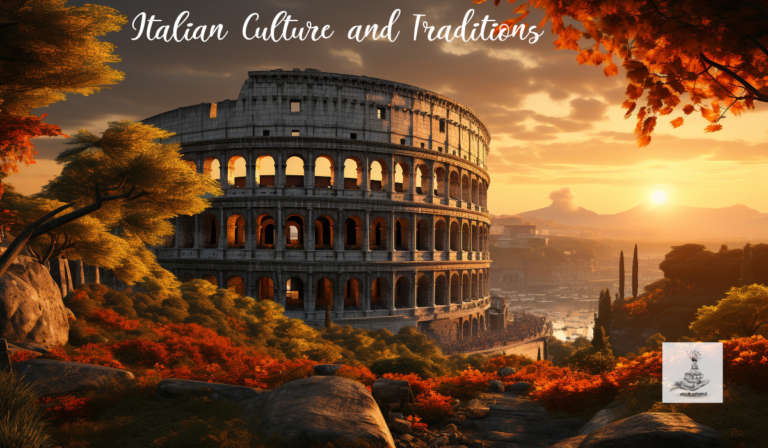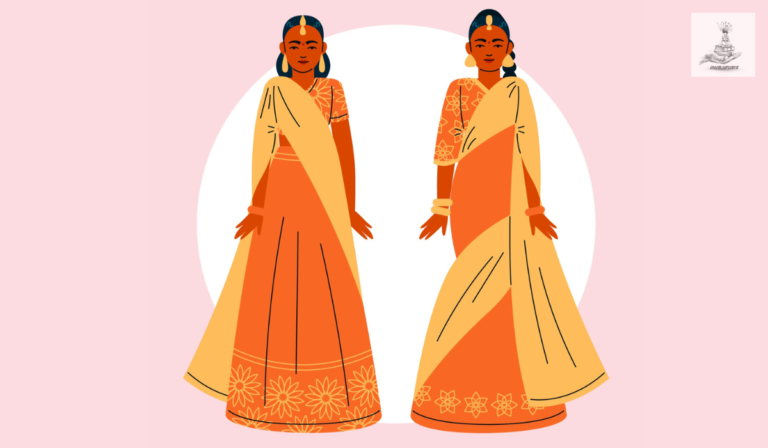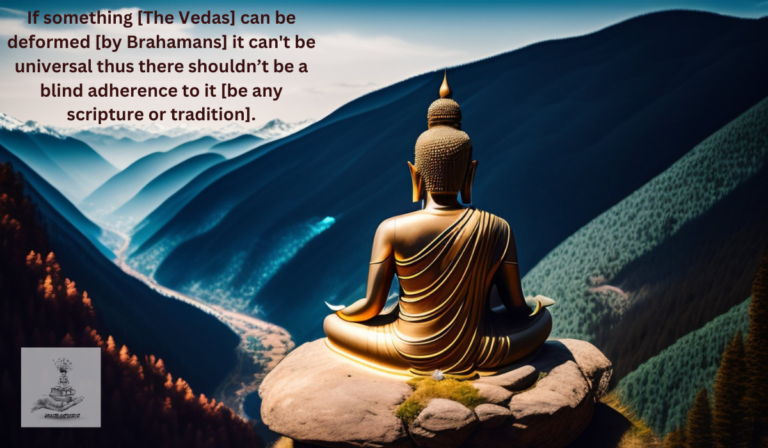Warli Paintings: An Artistic Epic

The present discussion is about the cultural practice of an indigenous Adivasi community that resides primarily in the mountainous and coastal areas of Maharashtra and Gujarat states in India. The Warli tribe follows animistic beliefs and worships various nature deities and spirits. The worship of the village deity is central to their religious activities.
Similar to the religious practices of the region, the culture of worshiping big cat species is followed by the tribe too. The deity so worshipped goes by the name Wagobha or Waghdev/ Waghjai. The Warli people speak the Warli language, which belongs to the Konkani language group.
Here the cultural practice for discussion is the art form named Warli Painting which is crafted by the tribe, especially by the women. It is a unique and distinctive art style known for its simplicity, geometric patterns, and depictions of daily life, rituals, and nature.
Origin of the Warli Painting
Warli painting has ancient roots and is believed to date back to 2500-3000 BCE. Originally, Warli paintings were created on the walls of homes to celebrate auspicious occasions, rituals, and festivals. The art also served as a form of communication and a means of passing down cultural and religious knowledge through generations.
Characteristics of the Art
Warli paintings are characterized by simple geometric shapes, such as circles, triangles, and squares. These basic shapes are arranged to create intricate patterns and designs. Figures in Warli paintings are represented using stick-like lines. Humans, animals, and trees are depicted in a stylized and symbolic manner.
The use of stick figures imparts a sense of simplicity and universality to the art. The circular formations in Warli paintings represent the circle of life, symbolizing the cyclical nature of nature, birth, and death. These circles may also depict the sun and the moon, which are significant celestial elements.
Traditionally, Warli paintings are done on an earthen or red ochre background. The primary color used for the drawings is white, obtained from rice paste or a mixture of rice and water. It often depicts scenes from daily life, including farming, hunting, fishing, and communal activities. Rituals, ceremonies, and festivals are also common themes, reflecting the cultural practices of the Warli community.
Materials Used in the Warli Painting
Traditional Warli paintings are created using natural materials. The base is often prepared with a mixture of cow dung and red ochre while the white pigment is derived from rice paste or a mixture of rice and water. Brushes are traditionally made from bamboo sticks chewed at one end to create a natural brush. Artists use the tip of the bamboo stick to create intricate patterns and figures on the prepared surface. The strokes are deliberate and confident, contributing to the distinct appearance of Warli art.
Cultural Significance of the Art
Warli paintings serve as a means of communication within the community, conveying stories, rituals, and cultural practices. The art is often associated with various religious and life events. It is an integral part of the cultural identity of the Warli tribe. The art form has gained recognition beyond the tribal communities and has become a symbol of India’s rich cultural heritage.
Conclusion
While traditional Warli paintings continue to thrive, contemporary artists have adapted the art form to new mediums and contexts. Warli motifs are now seen on canvas, cloth, and other artistic expressions. The paintings have also gained commercial success and recognition both nationally and internationally. The unique style and cultural significance have led to exhibitions, workshops, and collaborations with contemporary artists.
Warli painting is not just a form of artistic expression but a cultural heritage that continues to play a vital role in preserving the traditions and stories of the Warli community. It reflects a deep connection to nature, community life, and the spiritual beliefs of the Warli people. The recent recognitions have mainstreamed the art form and the artistic aspects are being recognised and celebrated throughout.
FAQ’s
How to find the best images of warli art images?
To discover high-quality Warli art images, you can explore various platforms such as Canva, Pinterest, Unsplash, Pexels, Dreamstime, and more. These sources offer a diverse range of images for your needs.
How to make warli art images?
Create Warli art at home by sketching simple geometric designs and stick figures on a clean surface using white paint for outlines and filling in with a broader brush. Add details and let it dry before displaying your unique creation! I am adding the link which helps to draw warli art with oil pastels.
Where to buy warli art for kids?
I am attaching the link which help you to find the warli art picture –
https://www.amazon.in/Warli-Art-Ancient-Indian-zhirk/dp/B09KPPJWHP
https://theindiacrafthouse.com/collections/warli-art
How to design easy traditional warli art images?
To design easy traditional Warli art images, start with basic geometric shapes like circles, triangles, and squares. Use a white background with black outlines, keeping it simple. Depict stick figures to represent humans and animals. Experiment with minimalistic details and patterns for an authentic touch.
How does Warli art influence contemporary life?
The widespread recognition of Warli art in commercial spaces has played a crucial role in fostering a heightened appreciation for the cultural legacy of indigenous art. By integrating traditional warli art designs into everyday environments, people are exposed to the unique storytelling and symbolism embedded in this ancient art form. This increased visibility not only enhances culture. Overall, the influence of Warli art in commercial settings contributes to a broader understanding of the rich cultural tapestry it represents.







